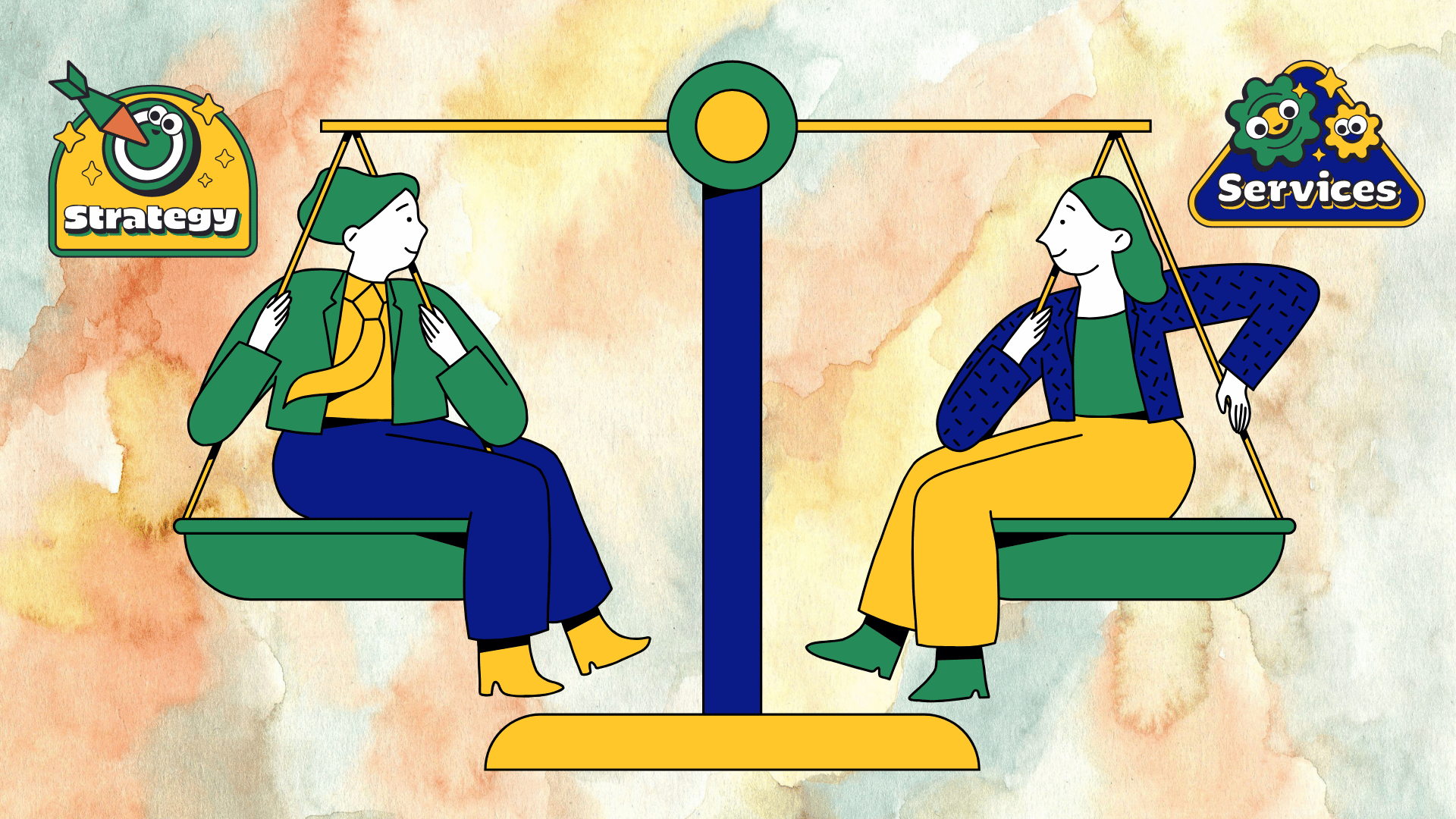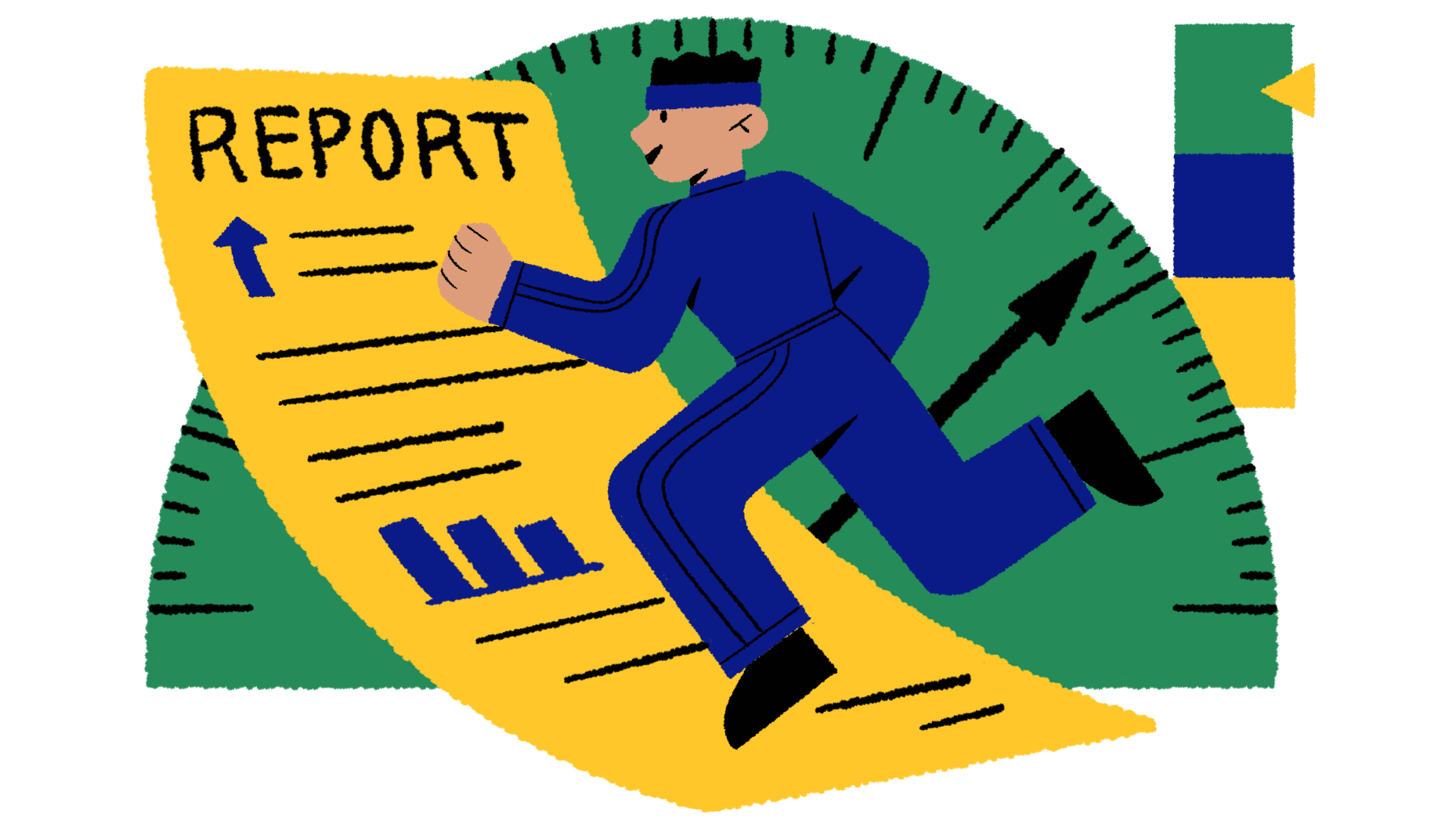What if you’re staring at your testing backlog on Monday morning, with Regression suites that take days to plan, test cases that feel like they write themselves in circles, and stakeholders asking for faster feedback loops. Now imagine having a digital collaborator who never gets tired, thinks through edge cases you might miss, and helps you articulate requirements with laser precision.
That collaborator isn’t science fiction. It’s sitting right there in your browser, waiting for you to learn its language.
The Fork in the Road
Right now, the QA and QE community stands at a crossroads. On one path, there are professionals clinging to traditional workflows, hoping the AI wave passes them by. On the other path? Those who are quietly mastering AI foundations, prompt engineering and context engineering, adding it to their existing skills, watching their productivity soar while their peers struggle to keep up.
The uncomfortable truth? AI isn’t coming for your job. It’s coming to make you exponentially more effective. But only if you choose to ride the wave instead of getting swept away by it.
Your Digital Twin: Speaking the Same Language
Think of AI as your digital twin, as an extension of your analytical mind that understands context, generates scenarios and helps you think through problems faster than ever before. But here’s the catch: it only works if you know how to communicate with it.
Prompt engineering isn’t just asking ChatGPT to write test cases. It’s about crafting precise instructions that yield reliable, actionable results.
Context engineering goes deeper. It’s about feeding your AI collaborator the right background information so it understands your domain, your constraints and your goals.
Let’s break down how this plays out across different roles:
For Business Analysts: From Requirements Chaos to Crystal Clarity
Sarah, a BA at a fintech startup, used to spend hours wrestling with ambiguous requirements from stakeholders. Now she feeds user stories into her AI workflow beginning with prompts like:
“Analyze this user story for potential gaps, edge cases and acceptance criteria. Consider regulatory compliance for financial services and highlight any assumptions that need validation.”
Her digital twin helps her:
- Spot missing acceptance criteria before requirements reviews
- Generate comprehensive test scenarios from sketchy user stories
- Translate business language into testable requirements
- Create stakeholder-friendly documentation that actually gets read
Long-term benefit: Sarah’s become the BA that engineering teams fight to work with. Her requirements are bulletproof, her user stories are comprehensive, and she’s built a reputation as someone who thinks three steps ahead.
For Developers: Testing Smarter, Not Harder
Mike, a developer who wears the QE hat at his startup, discovered that AI doesn’t replace his testing intuition, it amplifies it. His go-to prompt framework:
“I’m testing [specific functionality] in [technology stack]. Generate test cases covering happy path, edge cases, error conditions, and performance considerations. Format as executable scenarios.”
His productivity multipliers:
- Automated test case generation for new features
- Code review assistance that catches logic gaps before they become bugs
- Performance testing scenarios he wouldn’t have thought of alone
- Documentation that writes itself from his test implementations
Long-term benefit: Mike’s shipping higher quality code faster. He’s become the developer other teams consult when they need robust testing strategies and his GitHub contributions show a level of thoroughness that stands out.
For Quality Engineers: From Manual Grunt Work to Strategic Testing
Ali, a QE at an e-commerce company, realized that AI excels at the tedious parts of testing while leaving him free for the strategic work humans do best. His workflow transformation:
“Create a comprehensive test plan for [feature description] including functional, security, usability and compatibility testing. Prioritize test cases by risk and business impact.”
His new superpowers:
- Instant test plan generation from feature specifications
- Risk-based test prioritization that focuses effort where it matters
- Cross-browser compatibility matrices generated in minutes
- Regression test optimization that identifies the most valuable test combinations
Long-term benefit: Ali’s evolved from a test executor to a testing strategist. He’s driving quality initiatives at the architectural level and has become indispensable for launch decisions.
The Compound Effect: Why Starting Now Matters
Here’s what separates the early adopters from the followers: compound learning.
Every prompt you craft makes you better at the next one. Every context you engineer teaches you something about how AI processes information. The QA professionals learning these skills today will be the ones leading AI-augmented testing teams tomorrow.
Meanwhile, the holdouts will find themselves explaining why their manual approaches take three times longer than their AI-fluent colleagues.
Your 30-Day Challenge
Want to join the early adopters? Start here:
Week 1: Pick one repetitive task in your workflow. Spend 30 minutes daily experimenting with AI assistance.
Week 2: Focus on prompt crafting. Document what works, what doesn’t and why.
Week 3: Add context engineering. Feed your AI collaborator domain-specific information and watch the output quality improve.
Week 4: Share your results with your team. Become the person who demonstrates what’s possible.
The Future Is Already Here
The most successful QA professionals of 2025 won’t be those with the most certifications or the longest resumes. They’ll be the ones who learned to amplify their expertise with AI, who turned their digital twin whisper into a competitive advantage and who positioned themselves as bridges between traditional quality practices and the AI-augmented future.
‘Will AI change testing?’ is an old question. The question now is whether you’ll be part of that change or will you watch from the sidelines.
Your digital twin is ready when you are.







